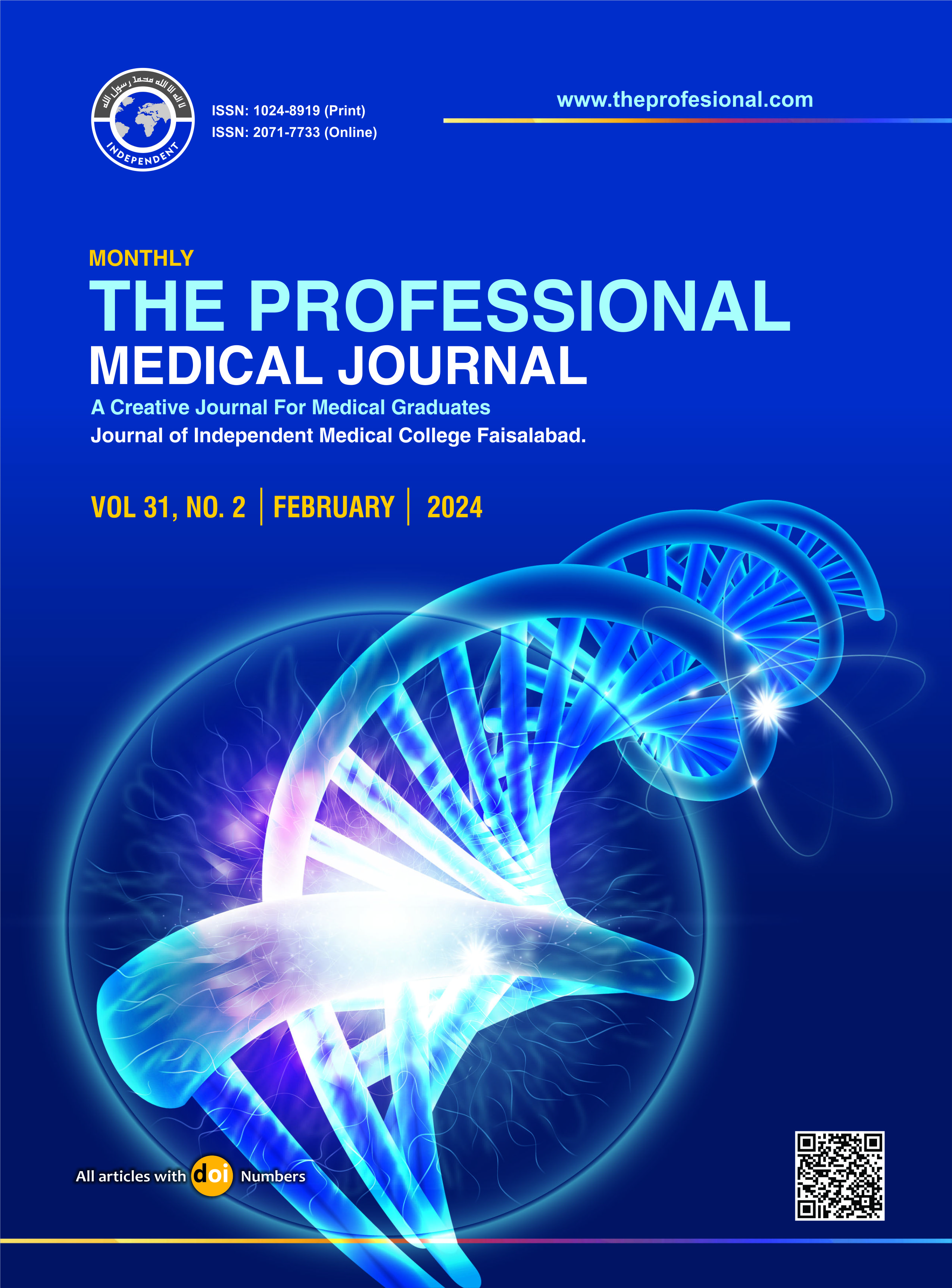Effectiveness of port site bupivacaine infiltration in postoperative pain reduction after laparoscopic cholecystectomy: A randomized controlled trial from a tertiary care hospital.
DOI:
https://doi.org/10.29309/TPMJ/2024.31.02.7952Keywords:
Bupivacaine, Local Infiltration, Laparoscopic Cholecystectomy, Post-operative Pain, Visual Analogue ScaleAbstract
Objective: To determine the effectiveness of port site bupivacaine infiltration in postoperative pain reduction among patients undergoing LC in a tertiary care hospital in Karachi, Pakistan. Study Design: Randomized Controlled Trial. Setting: Department of Anesthesia, Hamdard Hospital, Karachi, Pakistan. Period: April 2022 to September 2022. Material & Methods: Patients of either gender aged between 18-45 years, undergoing elective laparoscopic cholecystectomy were included. Twenty ml of 0.25% bupivacaine solution were locally injected into the intervention group at the port locations. Treatment for the control group was consistent with standard of care. Post-surgery, to measure the severity of the pain, a visual analogue scale (VAS) was utilized and compared. Results: In a total of 170 patients, age, weight, systolic and diastolic blood pressure, ASA grade, SPO2, and the duration of the surgery were not substantially different between the two study groups at baseline (p>0.05). Post-operatively, from third hour till ninth hour pain score, abdominal pain, incisional pain and shoulder pain were significantly lower among the group received local infiltration of bupivacaine. No significant differences were seen at 12th hour. Median time to rescue analgesia was 12 (IQR=6-12) hours and 6 (IQR=6-9) hours among the intervention and control group (p<0.001). Conclusion: This study found lower pain intensity and higher time of rescue analgesia to be associated with local infiltration of bupivacaine at port as compared to control group in the early post-operative period among patients underwent laparoscopic cholecystectomy.
Downloads
Published
Issue
Section
License
Copyright (c) 2024 The Professional Medical Journal

This work is licensed under a Creative Commons Attribution-NonCommercial 4.0 International License.


